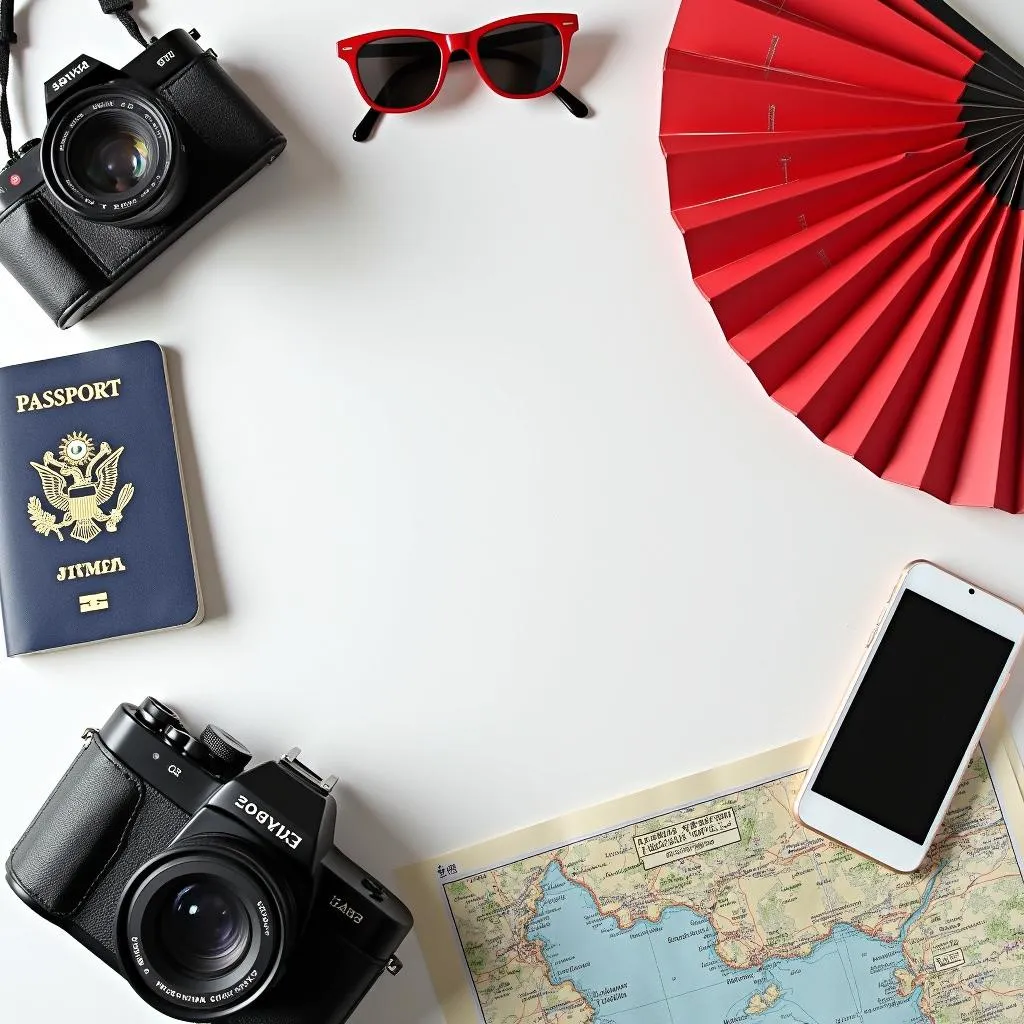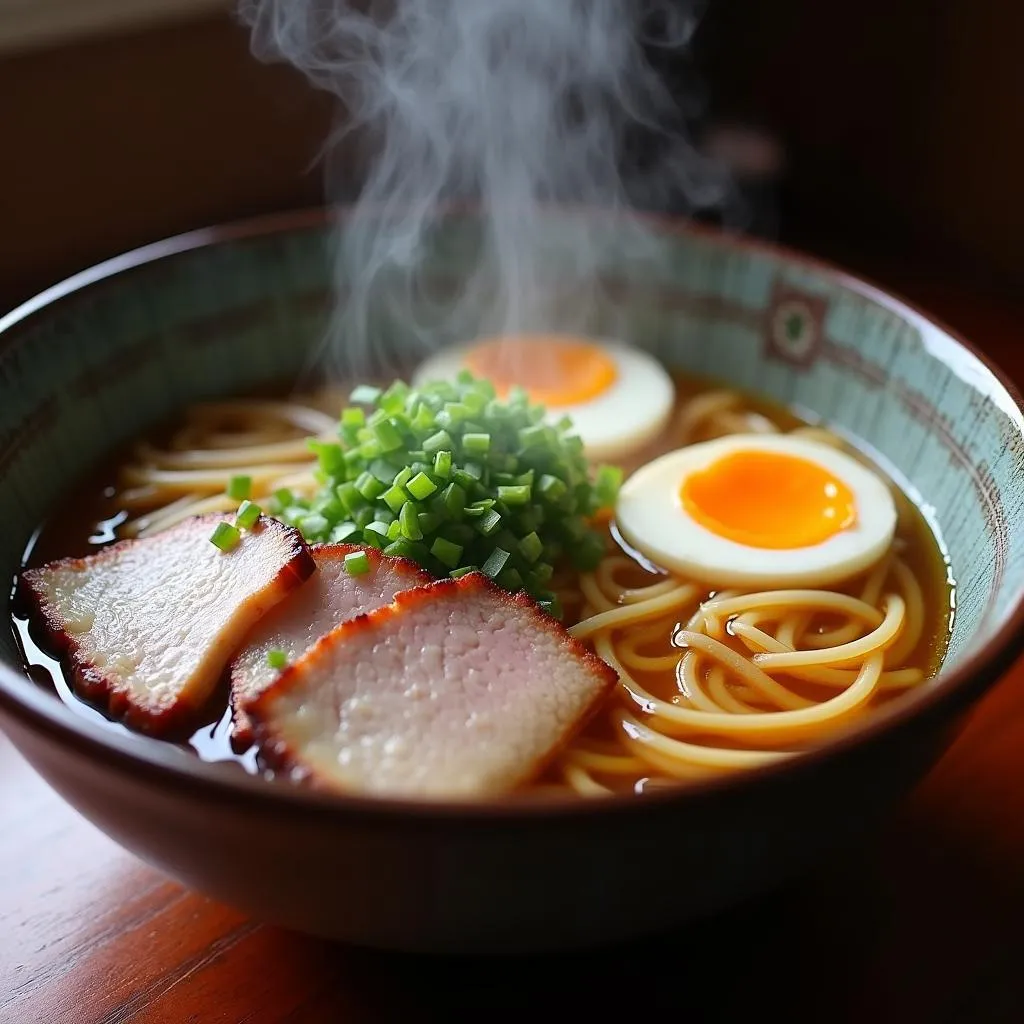Planning a trip to Japan? Whether you’re captivated by ancient temples, bustling cityscapes, or serene bamboo forests, embarking on a Japan tour requires meticulous planning. To ensure a smooth and unforgettable journey through the Land of the Rising Sun, this comprehensive checklist will guide you through every step, transforming your travel dreams into a stunning reality.
Before You Go: Essential Pre-Trip Preparations
Visa and Passport: Your Ticket to Entry
First things first, make sure your passport has at least six months of validity remaining from your planned return date. Most nationalities are granted visa-free entry for tourism purposes, but it’s always wise to double-check the specific requirements based on your citizenship.
Crafting Your Itinerary: From Must-Sees to Hidden Gems
Japan boasts a captivating blend of modern marvels and ancient traditions. Begin by listing your must-visit destinations, be it the neon-lit streets of Tokyo, the historical treasures of Kyoto, or the majestic Mount Fuji. Don’t hesitate to delve into lesser-known regions and uncover hidden gems for a truly unique experience.
Booking Flights and Accommodation: Securing Your Travel Essentials
Once your itinerary takes shape, start researching flight options and secure your tickets in advance, especially during peak seasons. From traditional ryokans (Japanese inns) to modern hotels, Japan offers a diverse range of accommodations. Choose lodging that aligns with your budget and preferences, considering factors like location and amenities.
 Traditional Japanese Hotel Room with tatami mats and sliding doors
Traditional Japanese Hotel Room with tatami mats and sliding doors
Pocket Wifi or SIM Card: Staying Connected Throughout Your Adventure
Staying connected is crucial for navigation, communication, and sharing your incredible experiences. Consider renting a pocket wifi device or purchasing a local SIM card upon arrival to ensure seamless connectivity throughout your journey.
Packing Smart: Essentials for a Comfortable Journey
Clothing: Adapting to Japan’s Diverse Climate
Japan experiences distinct seasons, so pack accordingly. Comfortable walking shoes are essential, as you’ll be exploring a lot on foot. Don’t forget a lightweight jacket or sweater for cooler evenings or air-conditioned spaces. If you’re traveling during the rainy season (June-July), pack a raincoat or umbrella.
Adapters and Converters: Powering Your Devices
Japan uses 100-volt outlets with Type A and B plugs. Ensure your electronics are compatible by packing necessary adapters and converters to avoid any power-related issues during your trip.
Essential Toiletries: Navigating Cultural Differences
While basic toiletries are readily available, consider packing your preferred brands, especially if you have sensitive skin. Japan is renowned for its high-tech toilets, but carrying a small pack of tissues is always a good idea, as some public restrooms may not provide them.
First-Aid Kit and Medications: Prioritizing Your Well-Being
Prepare for unexpected situations by packing a basic first-aid kit with essentials like bandages, pain relievers, and antiseptics. If you take prescription medications, carry enough for the duration of your trip, along with a copy of your prescription.
 Flat lay of essential items for traveling in Japan, including a passport, wallet, phone, map, camera, sunglasses, and a Japanese fan.
Flat lay of essential items for traveling in Japan, including a passport, wallet, phone, map, camera, sunglasses, and a Japanese fan.
Immersing in the Culture: Essential Tips and Etiquette
Japanese Phrases: Breaking the Language Barrier
While English is spoken in major tourist areas, learning a few basic Japanese phrases can enhance your interactions and showcase respect for the local culture. Simple greetings like “Konnichiwa” (Hello) and “Arigato gozaimasu” (Thank you) go a long way.
Transportation: Navigating Japan’s Efficient Network
Japan boasts an incredibly efficient and user-friendly public transportation system. Purchase a Japan Rail Pass for cost-effective travel between cities. Within cities, utilize the extensive subway and train networks, and don’t hesitate to try the iconic bullet trains (shinkansen) for high-speed journeys.
Currency Exchange: Managing Your Finances
The currency in Japan is the Japanese Yen (JPY). While credit cards are widely accepted in major establishments, carrying some cash is advisable for smaller shops and local markets. Exchange currency at banks, airports, or authorized currency exchange booths for the best rates.
Tipping Customs: Understanding Local Practices
Tipping is not customary in Japan and can even be considered rude in some instances. Excellent service is a given, and expressing your gratitude verbally is often more appreciated than a monetary tip.
Unveiling the Culinary Delights: A Gastronomic Adventure
Must-Try Dishes: Tantalizing Your Taste Buds
Japanese cuisine is a delectable journey for your senses. Indulge in sushi and sashimi, savor the flavors of ramen, and treat yourself to the delicate art of kaiseki (traditional multi-course meal). Explore local markets for fresh seafood, pickled vegetables, and traditional sweets.
Dining Etiquette: Navigating Cultural Norms
Familiarize yourself with basic dining etiquette, such as using chopsticks properly, avoiding sticking them upright in rice, and refraining from blowing your nose at the table. Slurping noodles is considered a compliment to the chef, indicating you’re enjoying the meal.
 A steaming bowl of delicious ramen noodles with broth, eggs, and meat.
A steaming bowl of delicious ramen noodles with broth, eggs, and meat.
Conclusion: Embark on Your Unforgettable Japan Tour
With careful planning and this comprehensive checklist in hand, you’re well-prepared to experience the wonders of Japan. Embrace the blend of ancient traditions and modern marvels, immerse yourself in the rich culture, and create memories that will last a lifetime. Need assistance in crafting your dream Japan Tour? Contact us at [email protected] or call us at 0373298888! Our team at viva world tours is here to guide you every step of the way!